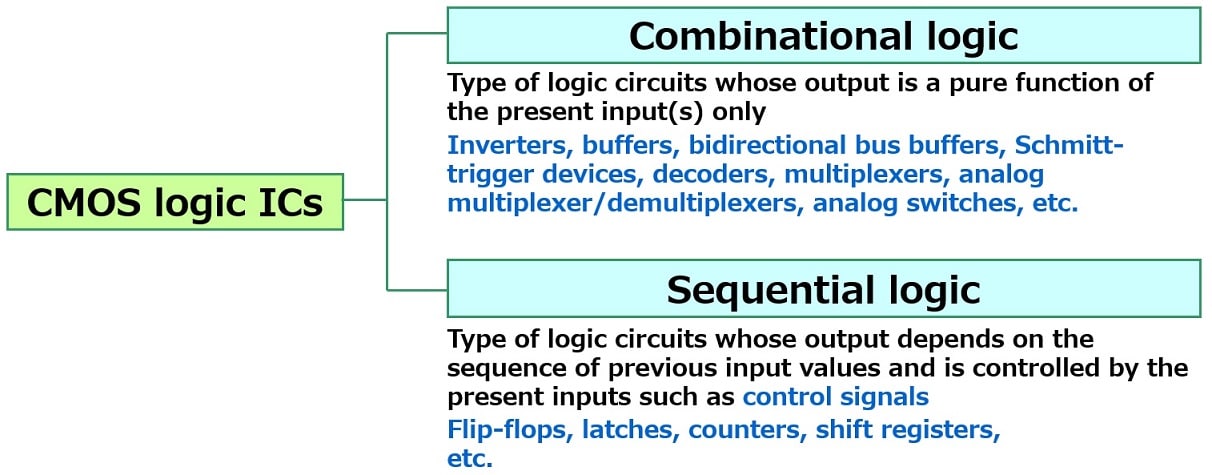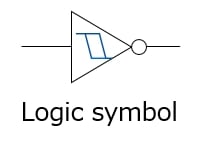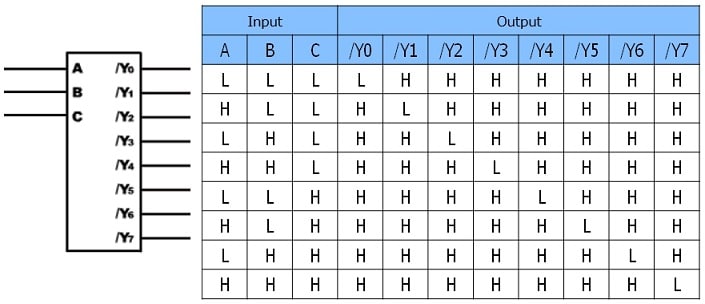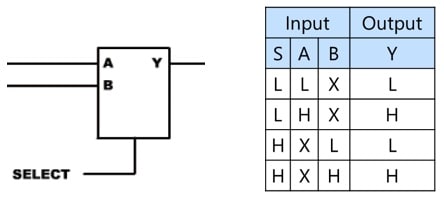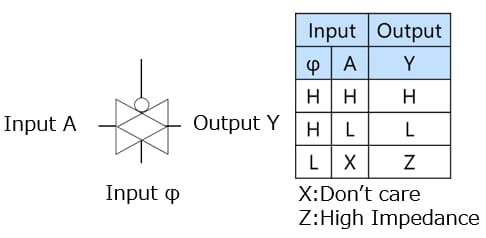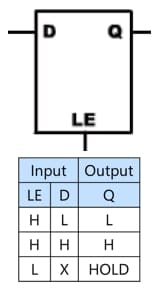- 半導體首頁
-
應用Automotive
Body Electronics
xEV
In-Vehicle Infotainment
Advanced Driver-Assistance Systems (ADAS)
Chassis
IndustrialInfrastructure
BEMS/HEMS
Factory Automation
Commercial Equipment
Consumer/PersonalIoT Equipment
Healthcare
Wearable Device
Mobile
Computer Peripherals
-
產品車用元件
Discrete Semiconductor
Diodes
電晶體
通用邏輯IC
Analog Devices
Digital Devices
Wireless Devices
※
: Products list (parametric search)
功率半導體※
: Products list (parametric search)
隔離器/固態繼電器Photocouplers
Digital Isolators
※
: Products list (parametric search)
MOSFETsIGBTs/IEGTs雙極性電晶體※
: Products list (parametric search)
Diodes※
: Products list (parametric search)
微控制器馬達驅動 ICs智能功率 ICs※
: Products list (parametric search)
電源管理 ICs線性 ICs※
: Products list (parametric search)
通用邏輯 ICs線性影像感測器其他產品其他產品
※
: Products list (parametric search)
-
開發/設計支援
開發 / 設計支援
-
技術知識
- 購買管道
- 型號 & 關鍵字搜尋
- 交叉搜尋
- 參數搜尋
- 線上庫存查詢跟購買
This webpage doesn't work with Internet Explorer. Please use the latest version of Google Chrome, Microsoft Edge, Mozilla Firefox or Safari.
型號需要超過三個文字以上 Search for multiple part numbers fromhere.
The information presented in this cross reference is based on TOSHIBA's selection criteria and should be treated as a suggestion only. Please carefully review the latest versions of all relevant information on the TOSHIBA products, including without limitation data sheets and validate all operating parameters of the TOSHIBA products to ensure that the suggested TOSHIBA products are truly compatible with your design and application.Please note that this cross reference is based on TOSHIBA's estimate of compatibility with other manufacturers' products, based on other manufacturers' published data, at the time the data was collected.TOSHIBA is not responsible for any incorrect or incomplete information. Information is subject to change at any time without notice.
型號需要超過三個文字以上
Sequential Logic: Flip-Flops
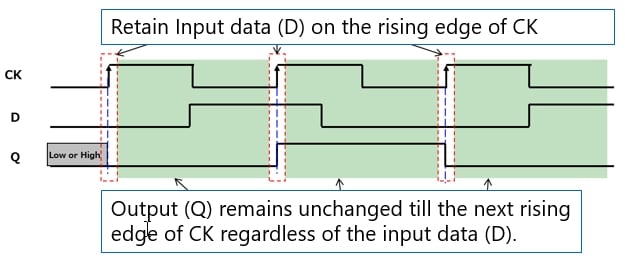
Flip-flops
Example: 74VHC74
A flip-flop can retain data under specific conditions. The word “flip-flop” is sometimes abbreviated as FF. There are several types of flip-flops such as D-type and JK flip-flops. As an example, the following describes the operation of a D-type flip-flop.
A D-type flip-flop differs from a D-type latch in that the D-type flip-flop retains output data even after the clock is set inactive (Low in this example). (A D-type latch transfers data from the D input to the Q output while the LE input is High.)
For example, a D-type flip-flop has an input data pin (D), a clock pin (CK), and an output data pin (Q). This flip-flop latches input data (D) on the rising edge of CK and transfers them to Q. Q remains unchanged till the next rising edge of CK regardless of the input data (D). In other words, Q retains the input data (D) latched on the previous rising edge of CK. The following shows the timing diagram of a D-type flip-flop. Some flip-flops have a clear (CLR) or preset (PR) input pin that is used to initialize the internal state to a known value.
Flip-flops are used for synchronizers for asynchronous signals and delay circuits for digital signals as well as counters, frequency dividers, etc.
Operation of a D-type flip-flop
The following describes the operation of a D-type flip-flop using a logic schematic.
A D-type flip-flop consists of two D-type latches.
When a rising clock edge is applied to CK, D-type latch #1 is activated. While the clock (CK) is High, D-type latch #1 remains active, and thus the first clocked inverter in D-type Latch #2 is also active.
Therefore, the data held in D-type latch #1 are transferred to the output (Q) as highlighted by the blue arrow. The output remains unchanged even if the input changes state.
When a falling clock edge is applied to CK, D-type latch #2 is activated.
As a result, the data held in D-type latch #2 continue to appear at the output (Q) as highlighted by the green arrow. Again, the output remains unchanged even if the input changes state.
It should be noted that the value of the output (Q) is unknown until a known input is latched on the rising edge of the clock (CK).

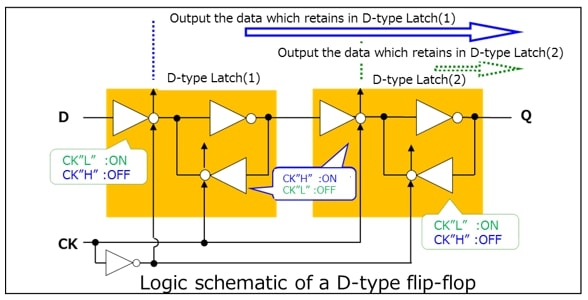
Chapter3 Basic CMOS Logic ICs
Products
Related information
- Application Notes
- FAQ


